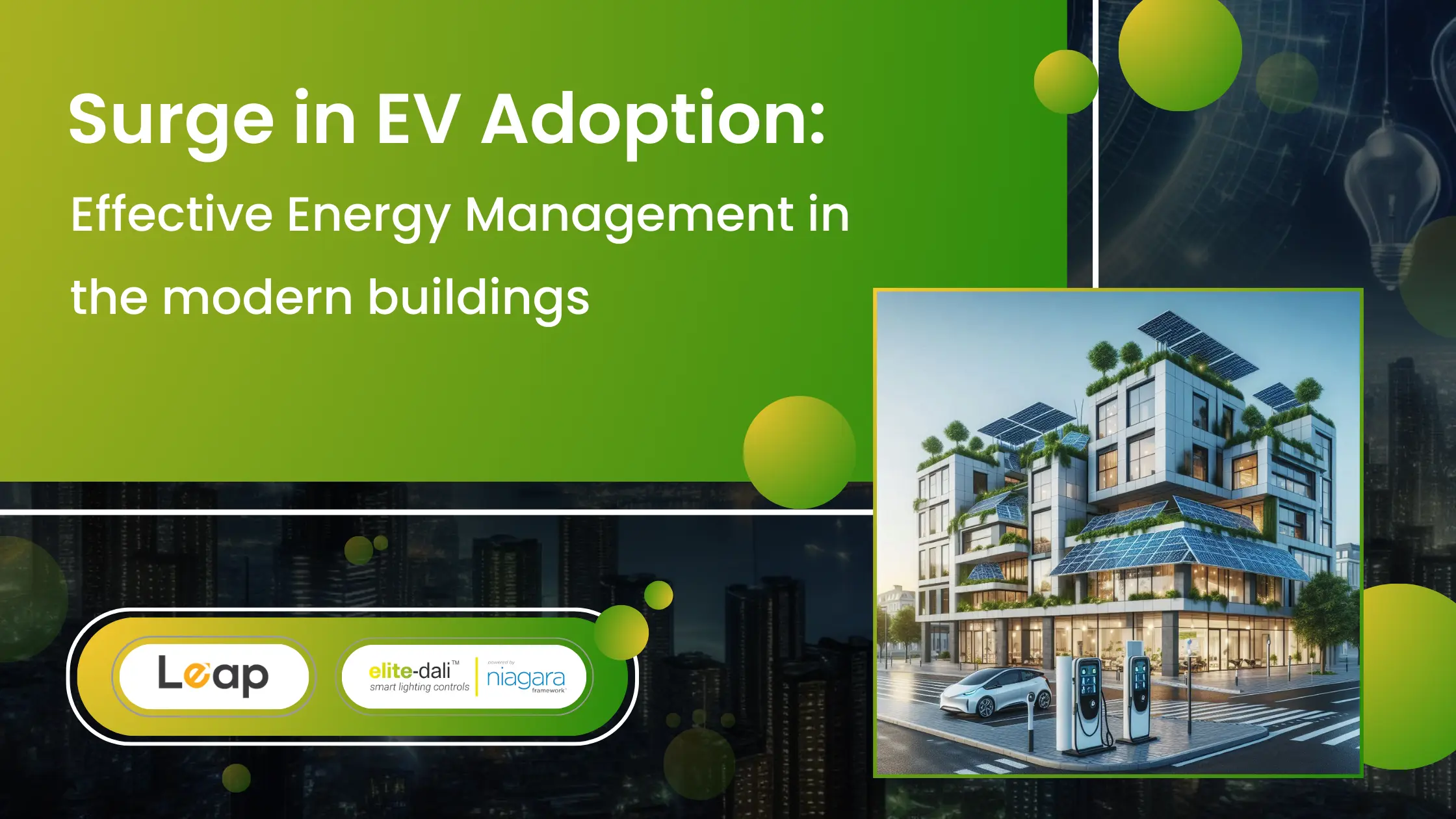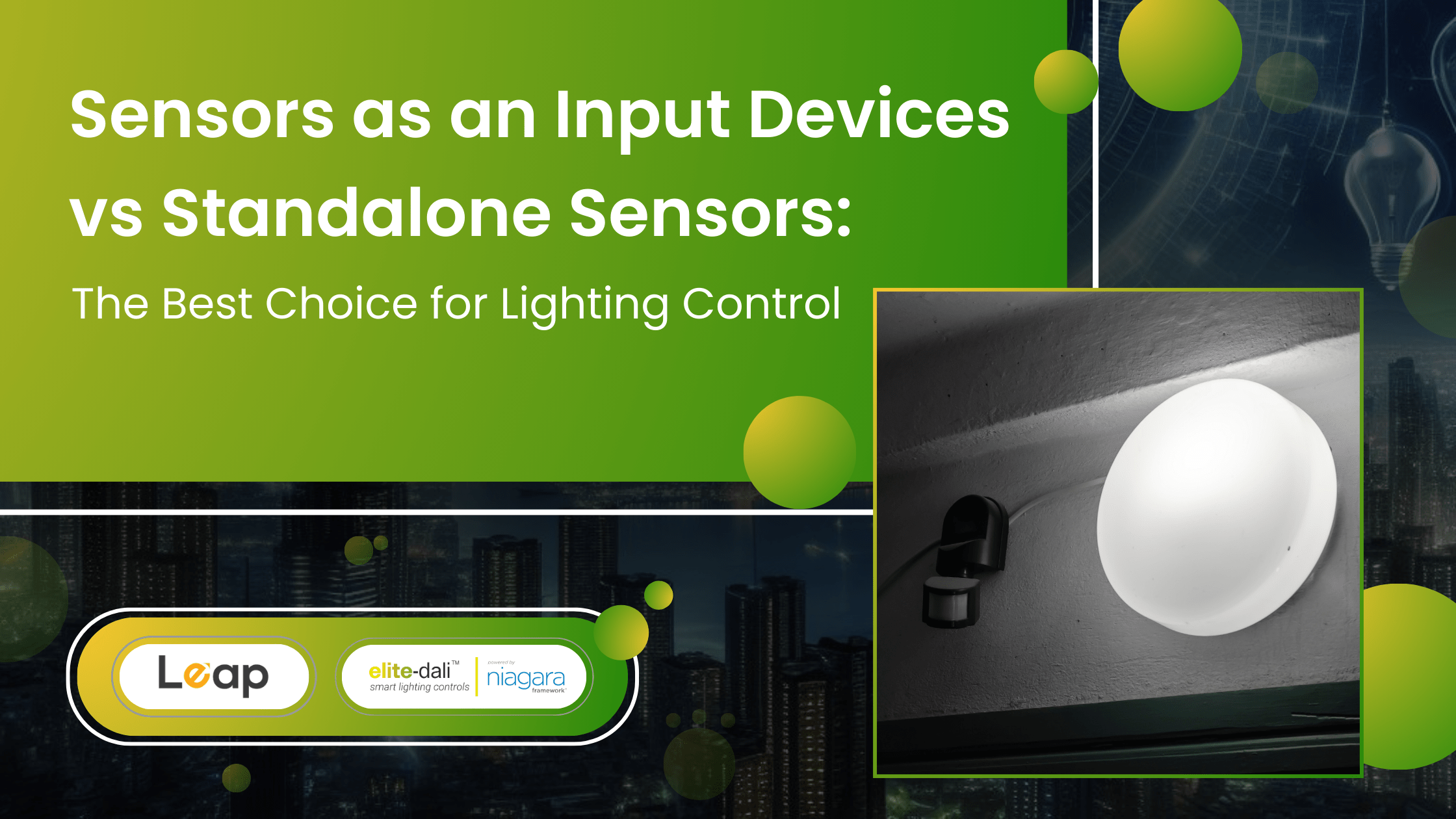What is a DALI Lighting Control System?
DALI, an acronym for Digital Addressable Lighting Interface, has taken the lighting industry by storm. It is significantly serving the residential, commercial, and industrial spaces of the industry.
But what is DALI?
What is a DALI lighting control system?
How is it different from other conventional lighting systems out there? How does it work and who can use it?
This post answers all the questions you might have while switching to DALI-enabled lighting controls. Let’s get started.
What is DALI?
DALI is a communication standard that allows the individual components of a lighting system like LED drivers and ballasts, to communicate with each other and the users. It is a two-way, communication protocol that enables the users to “talk” to their lighting devices to adjust lighting in buildings.
DALI enables communication between users and their lighting systems via a DALI controller in building management systems that comprise other similar components managing the building’s fire systems, safety and security software, HVAC, refrigeration systems, and more. Put simply, a DALI lighting control offers total flexibility, energy efficiency, convenience, and performance to its users. No doubt, it outlives the traditional lighting control systems available in the market.
How DALI Lighting Control Works – DALI Protocol Explained
Understanding what is a DALI lighting control system and the concept behind its popularity is important to leverage the full-benefits offered by the digital lighting technology.
A DALI system has a controller which is connected with a network having an LED driver and LED bulb. Both these components are assigned a unique address to allow them to work independently of each other. This provides the users with the flexibility to control the individual lights of an area without impacting the other ones.
The driver and the bulb are together known as a luminaire which receives instructions from the control unit. The control unit sends signals to the concerned addresses upon receiving a request from the controller. If you tell the lighting system to turn on the lights, the luminaire will detect the areas assigned to it and will turn the lights on. The information about this event will be notified at the central control point to the user, hence a 2-way communication protocol.
Who Can Use DALI?
Given the fact that DALI allows complete control over the individual and grouped lights of an area from a central point, DALI lighting controls are primarily used in large commercial buildings or industries. Such settings require more control over their lighting systems along with the flexibility to adjust the lighting as per the requirements, building code compliance, and energy conservation programs they are part of.
Apart from commercial and industrial settings, DALI lighting is also popular in residences that are looking for more customization for their lighting systems, instead of just turning switches ON/OFF or dimming.
For instance, a DALI dimming system provides more control and customization options than the traditional dimmers, as the former also has the ability to manage individual lights in an area. This way, you can control all the lights in a single room individually without other places being impacted by the change.
Benefits of a DALI Lighting Control System
Since it is evident from the facts mentioned above, who can use DALI for their lighting controls, let us see what is a DALI lighting control system for these settings in terms of features and benefits.
For hospitals, hotels, offices, homes
DALI lighting systems in residential and office premises or hospitals can give you more options to customize the light around you. You can not only dim the intensity of light, but also Kelvin change to improve your circadian rhythms. These systems allow you to set the lighting according to your visual acuity, mood preference, performance of the control device, energy saving needs, and sustainability compliance.
For industries and warehouses
Warehouses and industries need an optimal amount of light for being an efficient workspace. Artificial lights are not enough to serve the purpose alone. DALI lighting controls, therefore, use the available daylight to offset the artificial lighting and light up the space as per the requirements of the work involved and the workers themselves. This way, the industry owners can reduce the energy usage while maintaining the right lighting levels for the workspace.
For commercial spaces and offices
The contemporary commercial spaces and offices are turning into smart buildings that require smart lighting to meet the expectations set by a modern workspace. A DALI lighting control system provides just that. The components of such a system communicate with each other and similar devices, share data across the system, are interoperable, and leverage IoT for delivering convergent lighting controls and automation systems. This way, the commercial settings can considerably save on operational and maintenance costs of lighting systems.
Introducing elitedali to help you leverage the most out of DALI lighting control systems
elitedali is a one-stop solution for all your lighting automation needs. It leverages DALI standards and convergent lighting system approach by giving a flexibility to user of using same system even for their building management and automation systems like HVAC, Electrical, UPS, Fire and Safety etc.
If you are willing to embed the above-mentioned features of DALI in your customers’ lighting systems, get in touch with us to discuss your requirements.








